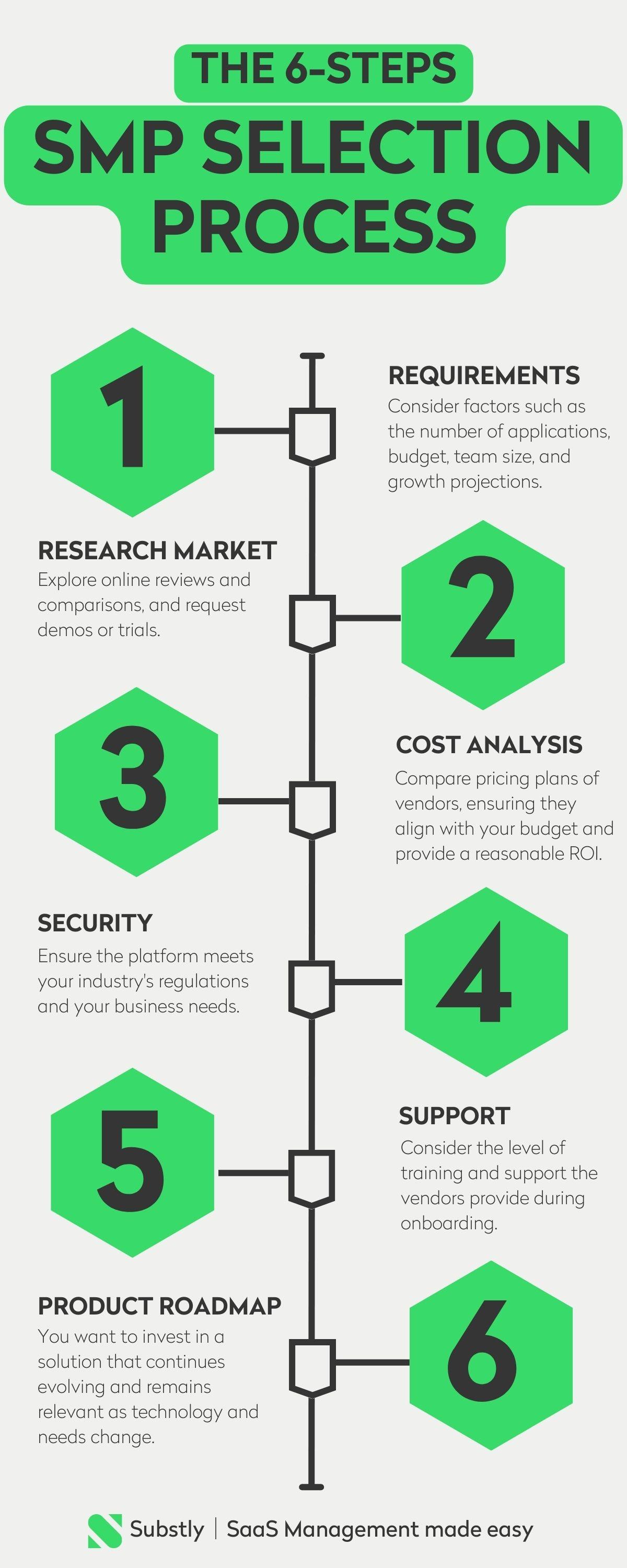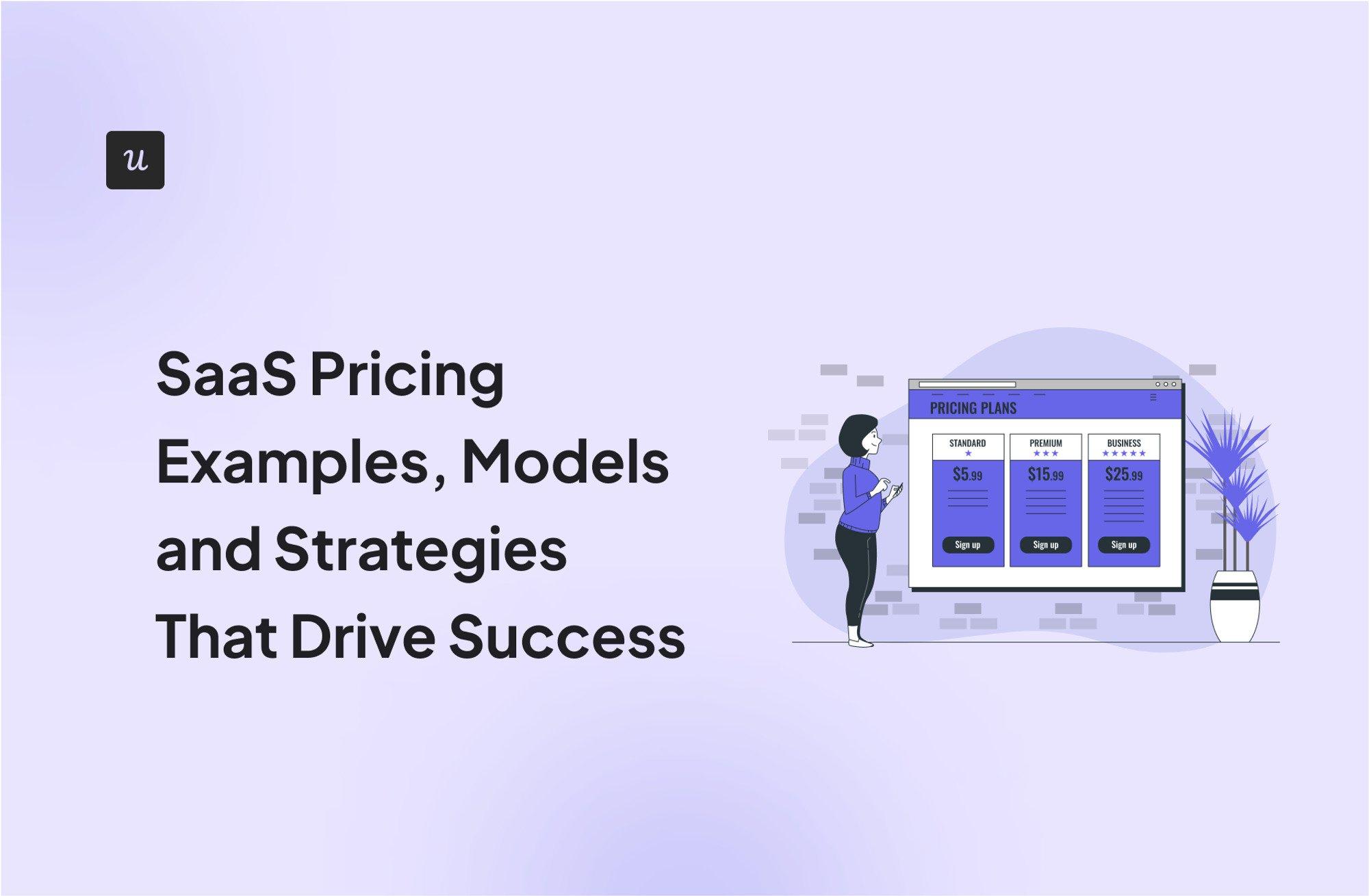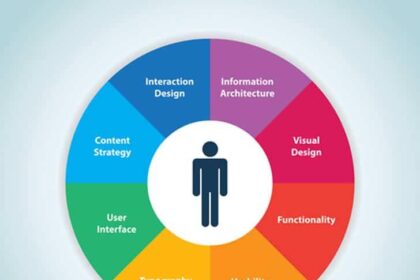In the ever-evolving landscape of digital solutions, Software as a Service (SaaS) has emerged as a beacon of flexibility and innovation. As businesses of all sizes seek to streamline operations and enhance productivity, navigating the intricate world of SaaS pricing models becomes paramount. With a multitude of options available—from subscription-based plans to pay-as-you-go structures—choosing the right pricing model can feel as daunting as solving a complex puzzle. In this article, we aim to demystify the various SaaS pricing strategies, shedding light on their strengths, weaknesses, and best applications. Join us as we embark on a journey to decode these models, ensuring that you find the perfect fit for your organization’s needs and goals.
Understanding the Spectrum of SaaS Pricing Strategies
In the realm of Software as a Service (SaaS), understanding the various pricing strategies is paramount for both providers and users. Each model caters to distinct business needs and customer preferences. Here are some of the most common pricing strategies in the SaaS landscape:
- Flat-rate pricing: A single price for all features, simplifying billing and customer choice.
- Tiered pricing: Different pricing levels based on features or usage, appealing to a broader audience.
- Usage-based pricing: Charges based on the customer’s actual usage, ideal for variable consumption patterns.
- Freemium: A free tier with limited features to attract users, enticing them to upgrade to a paid plan.
- Per-user pricing: Costs increase with the number of users, making it suitable for team-based applications.
To help visualize these strategies, consider the following pricing comparison table:
| Pricing Model | Advantages | Challenges |
|---|---|---|
| Flat-rate | Simple, predictable costs | May lack flexibility |
| Tiered | Scalable options for growth | Can be complex to implement |
| Usage-based | Cost-effective for low usage | Variable monthly expenses |

Identifying Your Business Needs for Optimal SaaS Selection
Choosing the right Software as a Service (SaaS) solution requires a thorough understanding of your business needs. Start by evaluating your objectives and challenges; this will provide a framework for decision-making. Consider the following aspects that could influence your selection:
- Functionality: Identify the specific features your team requires to achieve peak performance.
- Scalability: Determine how the software can grow alongside your business.
- Integration: Assess how well the SaaS product can integrate with your existing tools and platforms.
- User Experience: Consider the ease of use for both your team and your clients.
Once you’ve identified your core needs, it’s essential to prioritize them. A clear understanding can prevent overspending on features that may not be utilized fully. To illustrate this further, here’s a simple comparison of factors to consider for both basic and advanced SaaS options:
| Factor | Basic SaaS | Advanced SaaS |
|---|---|---|
| Cost | Lower initial investment | Higher cost, but robust features |
| Customization | Limited options | Highly customizable |
| Support | Standard support | Dedicated support |

Evaluating Value: Assessing ROI in SaaS Pricing Models
When it comes to Software as a Service (SaaS) pricing models, quantifying value goes beyond mere cost considerations; it requires a holistic evaluation of the return on investment (ROI). Understanding how a particular pricing model aligns with your business needs is essential. Here are a few aspects to consider when assessing overall ROI:
- Feature Utilization: Analyze if the specific features offered align with your operational goals.
- Scalability: Consider whether the model can grow with your business, avoiding additional transition costs.
- Support and Updates: Evaluate the level of customer service and product enhancements included in the price.
- Integration Costs: Examine any hidden costs related to integrating the SaaS product with existing systems.
In addition to these qualitative measures, quantifying direct financial impacts can illuminate the suitability of your chosen model. Consider constructing a simple ROI comparison table to visualize expected gains versus costs:
| Pricing Model | Monthly Cost | Estimated Annual ROI |
|---|---|---|
| Basic | $50 | 150% |
| Standard | $100 | 120% |
| Premium | $200 | 80% |
By laying out the monthly costs against projected returns, you can more effectively gauge which pricing tier not only serves your immediate needs but also provides sustainable value as your organization evolves.

Navigating Hidden Costs and Contract Nuances in SaaS Agreements
When diving into the realm of SaaS agreements, it’s essential to go beyond the headline prices and advertised features. Often lurking in the shadows are hidden costs that can dramatically affect your overall budget. These may include setup fees, training costs, and ongoing support charges that aren’t always clearly outlined in initial proposals. Be sure to conduct a thorough examination of potential add-ons, such as integrations with existing systems or additional storage fees that may come into play as your business grows. It’s advisable to compile a checklist of questions to ask your provider, covering areas like:
- Are there any volume-based pricing tiers?
- What are the terms for contract renewal?
- What are the implications of early contract termination?
Furthermore, understand the nuances embedded in the contract itself. Many SaaS agreements include clauses that may not favor your organization as it scales, such as limits on user access or data export restrictions. A transparent discussion with your SaaS vendor can illuminate potential pitfalls. To facilitate better comprehension, consider creating a comparison table that outlines key aspects of competitor offerings side by side. This can help you visually assess which contract aligns best with your business strategy, allowing you to make informed decisions:
| Provider | Monthly Fee | Setup Cost | Support Included |
|---|---|---|---|
| Provider A | $100 | $200 | 24/7 |
| Provider B | $120 | $150 | Business Hours |
| Provider C | $90 | $100 | 24/7 |
In Summary
As we traverse the landscape of SaaS pricing models, it becomes clear that choosing the right one is not merely an exercise in math but a strategic decision that shapes the future of your business. Each model—be it subscription-based, usage-based, tiered, or freemium—holds unique benefits and challenges, reflecting the diverse needs of different market segments. Understanding these intricacies empowers you to align your pricing strategy with your business goals, customer expectations, and operational capabilities.
In a world where agility and adaptability reign supreme, the perfect pricing model is not a one-size-fits-all solution but rather a nuanced framework tailored to your specific context. As you embark on this journey of decoding pricing structures, remember that the ultimate goal is not just to capture revenue but to create value for your customers.
By balancing affordability with profitability, you can ensure that your SaaS offering stands out in a crowded marketplace. So continue to experiment, analyze, and refine your approach. In doing so, you pave the way for a sustainable growth path that resonates with clients and fosters long-term loyalty.
Thank you for joining us in this exploration of SaaS pricing models. May your choices lead you to success, and may your offerings become indispensable tools for those seeking innovative solutions in an ever-evolving digital world. Happy pricing!






